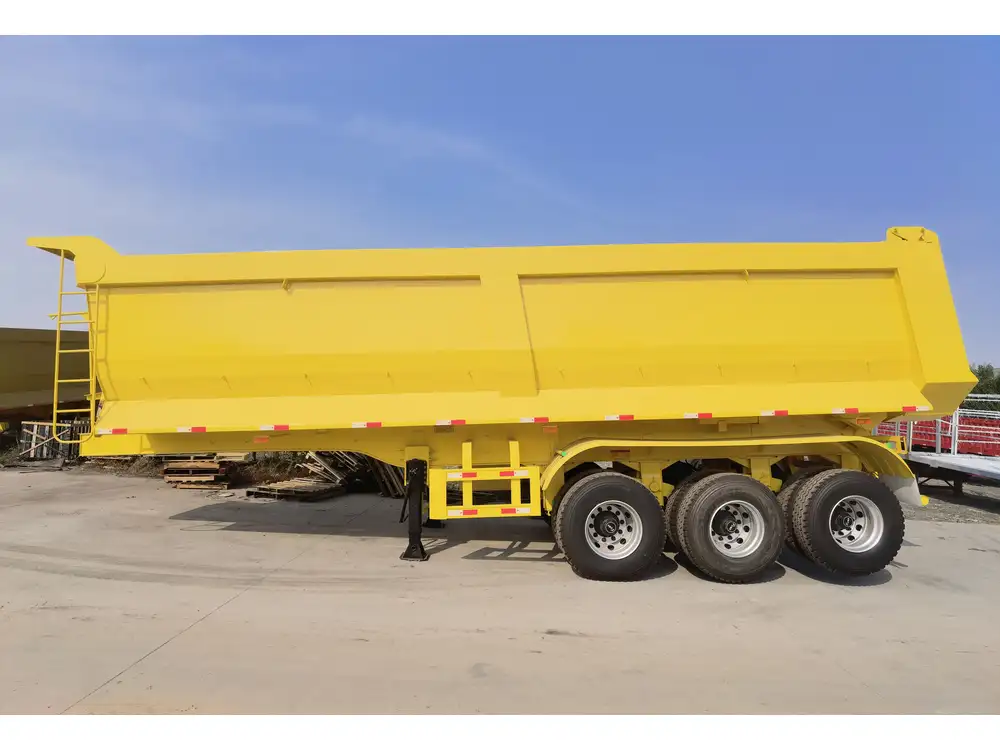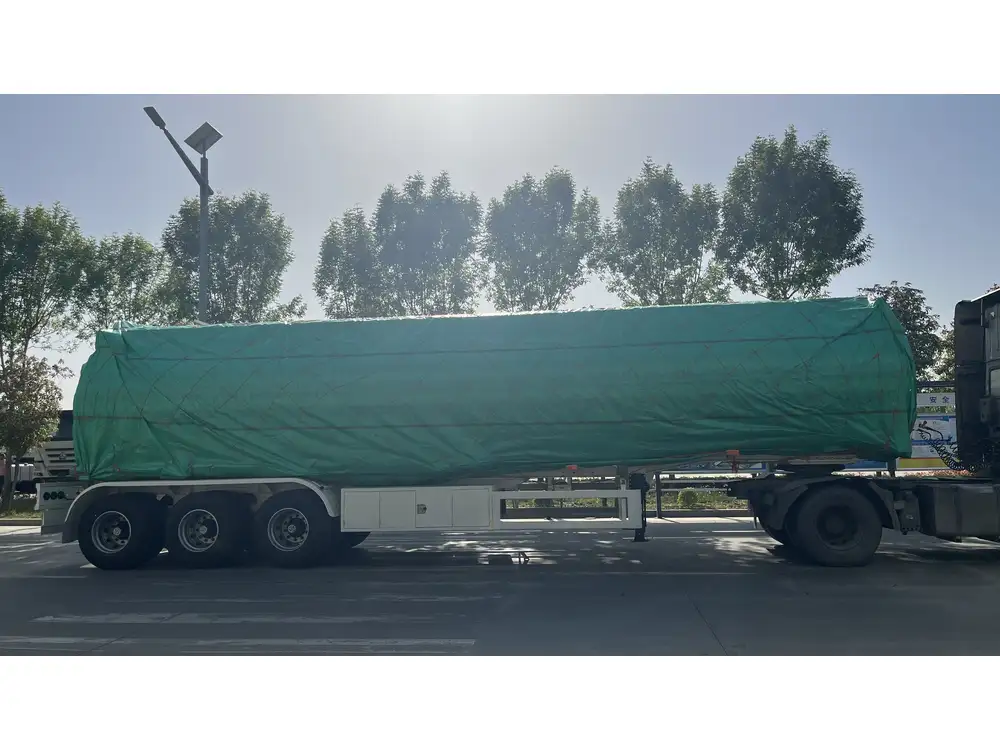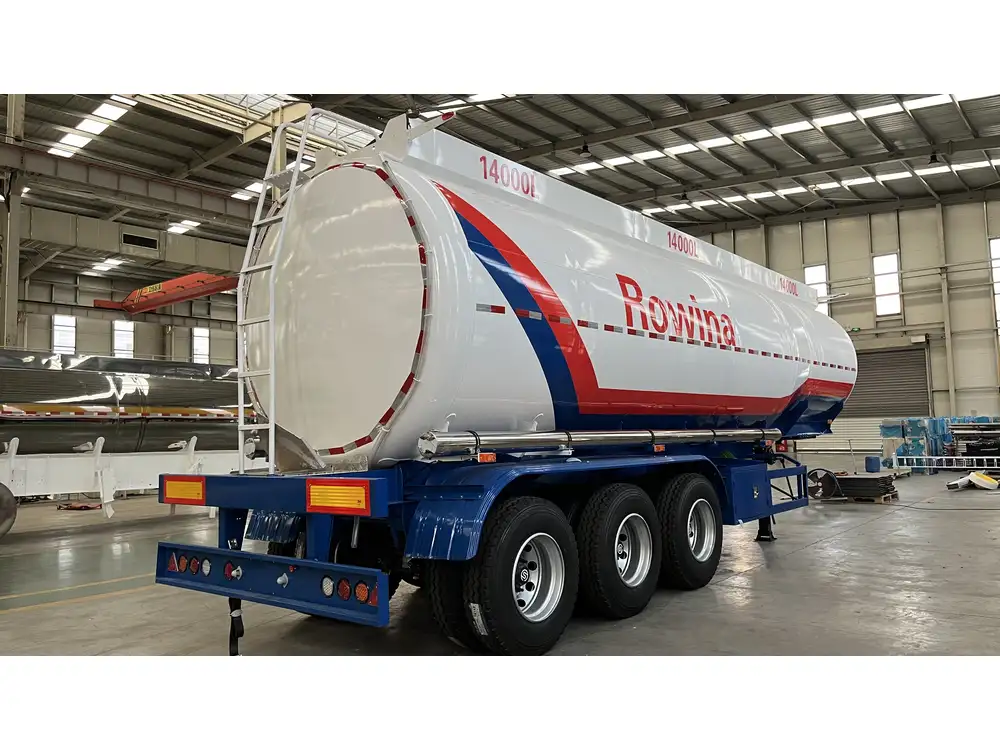When hitting the open road with a travel trailer in tow, one of the most crucial aspects to consider is the state of its various tanks—freshwater, gray water, and black water. The gauges that monitor these tanks’ levels are essential for ensuring that your journey remains smooth and enjoyable. In this article, we will delve deeply into the capabilities and accuracy of these gauges, highlighting potential pitfalls and offering insights into optimizing your travels.
The Importance of Accurate Tank Gauges in Travel Trailers
1. Monitoring Water Levels
Reservoirs in travel trailers are designed to facilitate the storage of essential fluids. Specifically, freshwater is vital for drinking, cooking, and washing, while gray water must be managed wisely to avoid overflow and potential sanitation issues. Black water, containing waste from the toilet, also requires careful monitoring. Without accurate gauges, you risk overfilling these tanks, leading to undesirable consequences.

2. Enhancing Convenience and Safety
Accurate gauge readings contribute to an enjoyable RV experience. Frequent trips to refill or empty tanks can be cumbersome; thus, knowing exact fluid levels can save time and enhance safety. Misjudging tank levels can result in odors, leakage, and environmental concerns.
Types of Travel Trailer Tank Gauges
Travel trailers typically come equipped with a few common styles of tank gauges. Understanding these types will aid in grasping their accuracy levels.
1. Float Switch Gauges
Float switches utilize a buoyant mechanism that rises and falls with the liquid level. When the water surface rises, the float lifts, triggering a sensor that indicates the tank is filling. While these systems are relatively straightforward, they can become inaccurate due to debris, scaling, or other build-up on the float.

2. Capacitive Sensors
Capacitive gauges work by measuring the change in capacitance caused by the liquid’s presence. These gauges can be more accurate than float switches, as they are less prone to mechanical failures. However, they require calibration and might still be influenced by tank material.
3. Ultrasonic Sensors
Ultrasonic gauges determine fluid levels by emitting sound waves and measuring how long it takes for the waves to bounce back. They offer a high degree of accuracy and are less susceptible to interference from tank conditions, though they may come at a higher cost.
4. Mechanical Gauges
Traditional mechanical gauges display the fluid level via a physical measurement system, often relying on a rod or cable system. While durable, their accuracy can deteriorate over time, especially if exposed to harsh conditions.

Factors Influencing Gauge Accuracy
The accuracy of travel trailer tank gauges isn’t solely dependent on the type of gauge employed. Various environmental and operational factors can also play a significant role.
| Factors | Impact on Gauge Accuracy |
|---|---|
| Tank Shape and Size | Irregular shapes can hinder consistent measurements. |
| Fluid Temperature | Temperature fluctuations can affect fluid volume and density, resulting in inconsistent readings. |
| Tank Material | Different materials can influence capacitance in capacitive gauges or may interfere with ultrasonic sensors. |
| Debris and Scaling | Build-up inside tanks can obstruct floating mechanisms or disrupt sensor measures. |
| Electrical Interference | Inconsistent readings can arise from nearby electrical devices affecting sensor performance. |
Common Misconceptions about Tank Gauges
Many travel trailer enthusiasts operate under several misconceptions regarding the accuracy and functionality of tank gauges. By debunking these myths, we can ensure a smoother travel experience.
Myth 1: Tank Gauges Are 100% Accurate
While these gauges offer vital information, they are not infallible. Calibration and maintenance are necessary to maintain accuracy, and reliance solely on these readings can lead to unfortunate surprises.

Myth 2: All Gauges Are the Same
Not all tank gauges are created equal. Factors such as the type of gauge, installation location, and even the trailer’s design can lead to variations in performance and accuracy.
Myth 3: Gauges Are Unaffected by External Elements
Many believe that environmental conditions have no effect on their gauges. However, factors like temperature fluctuations, exposure to moisture, and other conditions can significantly impact performance.
Tips for Ensuring Accurate Gauge Readings
Achieving the most reliable gauge readings requires diligence and proactive measures. Here are some best practices for maintaining and improving the accuracy of tank gauges.

1. Regular Maintenance Checks
Perform routine checks on your travel trailer’s tanks, valves, and gauges. This could involve cleaning both the interior tanks and the external sensors to reduce build-up that could impair readings.
2. Calibrate Your Gauges Consistently
If your gauge allows, calibrate it periodically to ensure continued accuracy. Follow the manufacturer’s guidelines or engage a professional if necessary.
3. Monitor Temperature and Seasonal Changes
If possible, try to keep tank temperatures relatively stable. Watch for seasonal changes and how they might affect gauge readings, especially in extreme conditions.

4. Use Multiple Measurement Methods
When possible, utilize alternative methods to confirm tank levels, such as dipsticks for liquid measurement or behavioral observation (e.g., noticing strong odors).
5. Educate Yourself on Your System
Understanding the specific gauge system installed in your travel trailer allows you to troubleshoot problems and understand common discrepancies in readings.
Troubleshooting Accuracy Issues

1. Floating Mechanism Problems
If using float switch gauges, check to ensure the float moves freely without obstruction. Debris in the tank can cling to the float, leading to erroneous readings.
2. Check Electrical Connections
For electronic gauges residing on a sensor basis, inspect the wiring and connections for looseness or corrosion, which could offer erroneous signals.
3. Examine the Tank’s Integrity
Cracks or malformations in the tank can affect readings and might need immediate attention to prevent leaks or overflow.

4. Replace Faulty Components
Once identified, any component malfunction should be addressed promptly—replace damaged floats, sensor units, or electrical components to restore accuracy.
Conclusion: The Pursuit of Precision in Travel Trailer Tank Gauges
Navigating the complexities of travel trailer tank gauges might seem tedious, yet understanding their function and maintaining their accuracy is pivotal for an enjoyable and hassle-free travel experience. Knowledge of various gauge types, their accuracy levels, and the surrounding factors can greatly benefit any road traveler.
As you prepare for your next travel adventure, remember the importance of diligent monitoring and timely adjustments to gauge systems. With these insights, you will consistently enjoy the freedom of the open road without the worries that come from inaccurate tank readings. Whether you’re a seasoned RVer or a newcomer, accurate gauges are your allies in sustaining the joy and delight that come with life on the road.
By prioritizing the information presented in this article, you can ensure that every adventure unfolds smoothly, allowing you to relish the experience along the way. Safe travels!



